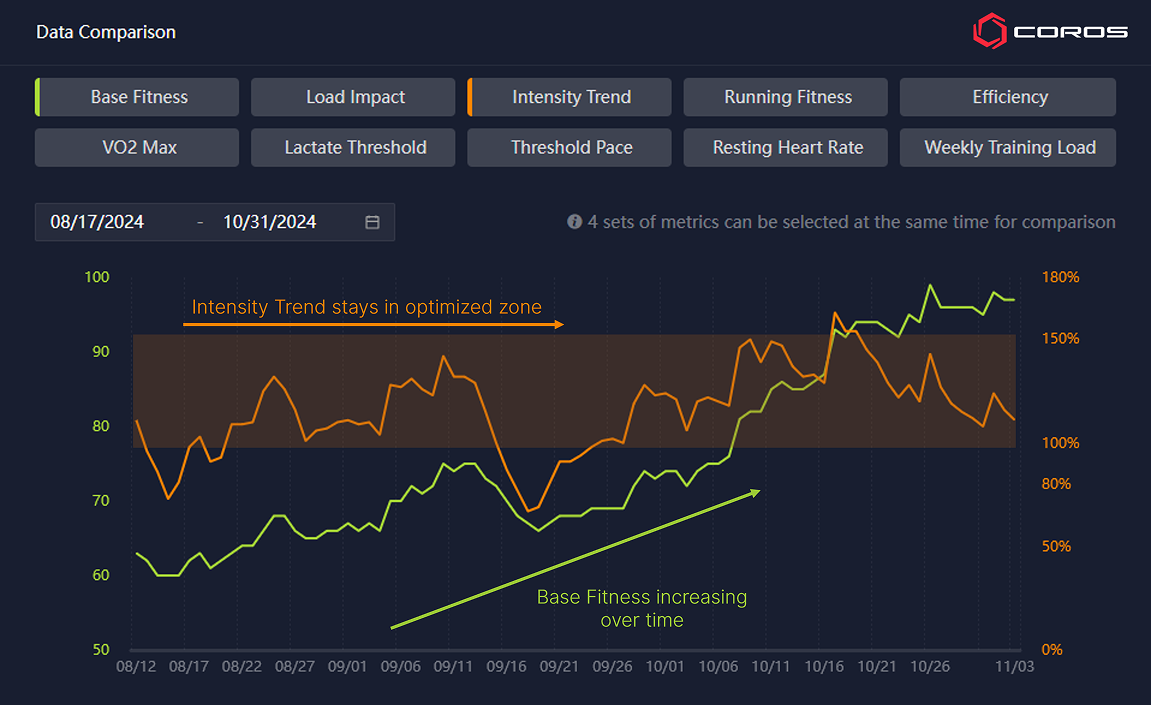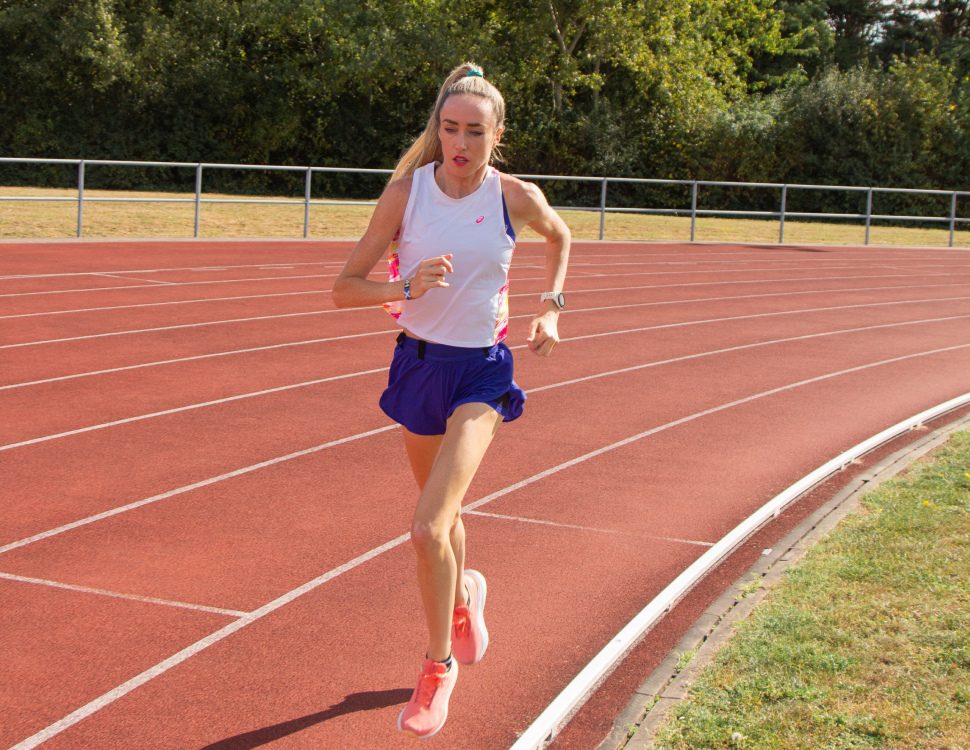As part of our new COROS Coaches service, we received a few questions regarding training for long-distance events. Below, you will find how to implement back-to-back long runs into your training. This information can be useful for people competing in ultra marathons, but also shorter distances.
Back to Back Long Runs
Back-to-back training runs involve a runner completing two long runs on consecutive days. Long-term physiological adaptations from running are the result of consistent aerobic activity. The human body can not endure the training stress of a 40-plus mile run without risking injury or overtraining, so two long runs allow a similar stimulus.
The first run should be more challenging, which could involve higher volume, intensity, or more elevation gain, depending on your objective. By diversifying the focus, you can reduce the overall risk of injury and prevent overwhelming stress on the body. As for the second run, it is crucial to reserve it for a very easy effort.
For beginners, attempting back-to-back long runs 2-3 times before their event is sufficient. Intermediate and advanced runners can incorporate multiple double-long runs into their training regimen.
| Days | Advantages | Limitations | Workout Examples |
| Day 1 | - Help develop a stronger aerobic base - Allow for higher intensity during long runs - Practice moving faster on race terrain | - More time needed - Cumulative fatigue - Individual variability | - Aerobic Power intervals - Beginner Aerobic Power Intervals (14-16 miles) - Advanced Aerobic Power Intervals (16-20 miles) |
| Day 2 | - Additional time on feet - Mimic race demands in a fatigued state - Improved recovery compared to one run | - Heavy stress on body - Risks of overtraining - Diminished quality - Mental fatigue | - Constant easy effort focusing on Aerobic Endurance Zone - Distance can range from 10-20+ miles - Recommended to start with 30-40 miles total for the two days |
Aerobic Power intervals = an effort that pushes you to a challenging aerobic pace but stays below your threshold. The intensity helps develop a stronger aerobic base.
Training Benefits
The benefits of incorporating back-to-back long training runs into your running routine are numerous and can significantly impact your overall performance.
- Increasing Aerobic Base and Overall Base Fitness: You can accumulate substantial mileage over consecutive days. This extended aerobic effort enhances your cardiovascular endurance and strengthens your aerobic base.
- Dress Rehearsal for Endurance Events: Completing back-to-back long runs gives you the opportunity to simulate the demands of the endurance event. It allows you to experience the fatigue and challenges that come with extended training sessions. By doing so, you can better understand how your body responds to these conditions and fine-tune your training and nutrition strategies accordingly.
- Build Confidence and Mental Resilience: Accomplishing back-to-back long runs creates a sense of achievement and confidence in your abilities as a runner. Knowing that you can handle consecutive long-distance efforts boosts your self-assurance and reinforces your belief in your training and preparation.

This graph shows a runner growing their Base Fitness while managing their overall intensity
Coaching Insights
Make sure you are paying attention to your Training Load. It is okay if you are above the recommended range the few weeks you add in a back-to-back long run because you are building volume. This will give you the best training adaptations. It is important to monitor Intensity Trend during this time and scale back when needed.
Back-to-back long runs are a great workout to add to your training plan to help increase your overall endurance as well as prepare you for the unknowns of a long-distance event. That being said, these workouts are not suitable for all runners. It is important to gradually increase your training volume and listen to your body.
You should add back-to-back long runs to your training if:
- You have been running consistently for at least one year.
- You are training for an event longer than 20 miles.
- You are running free of injuries.
- You have a Base Fitness score of at least 70.

/fit-in/0x18/coros-v2/images/common/logo_black.png)





